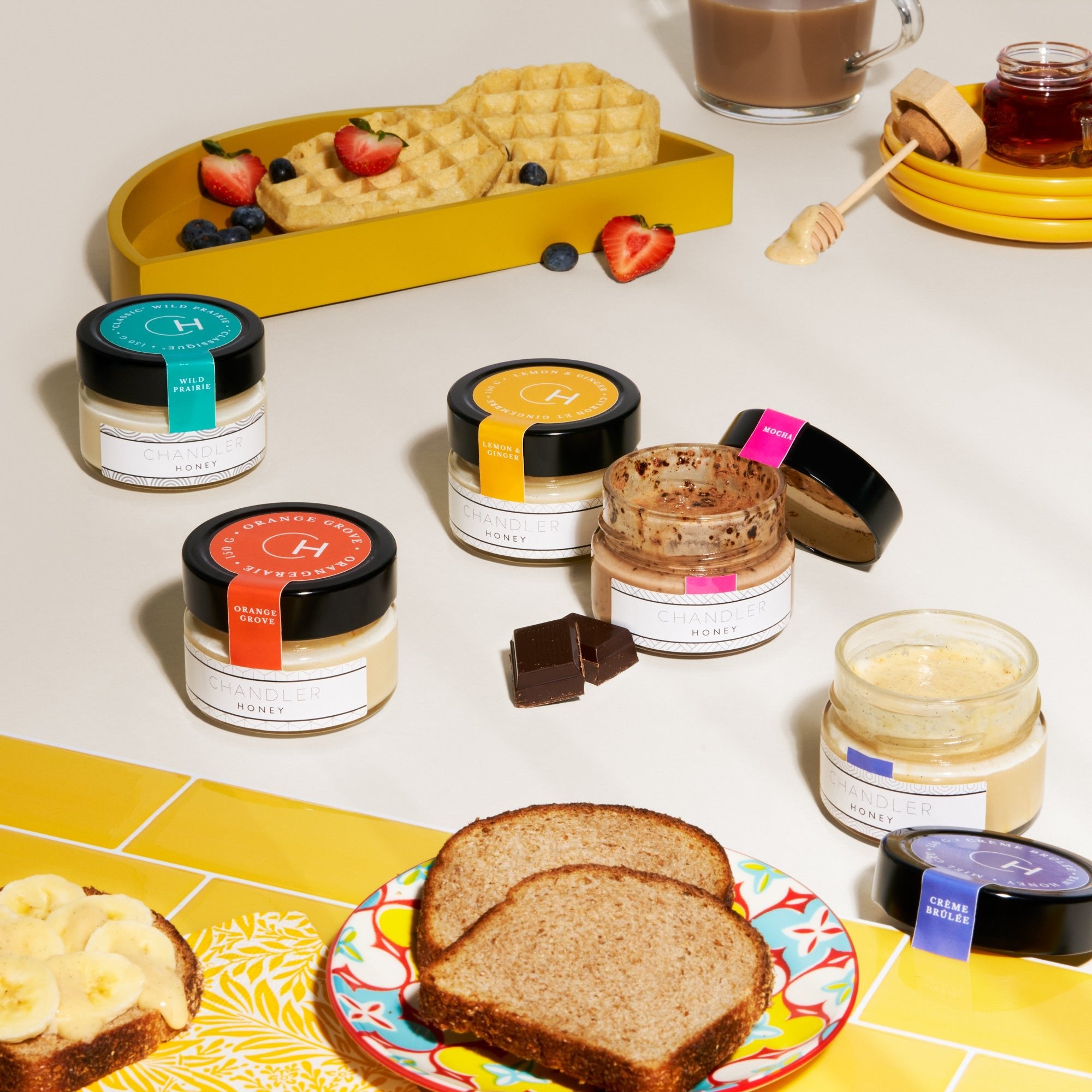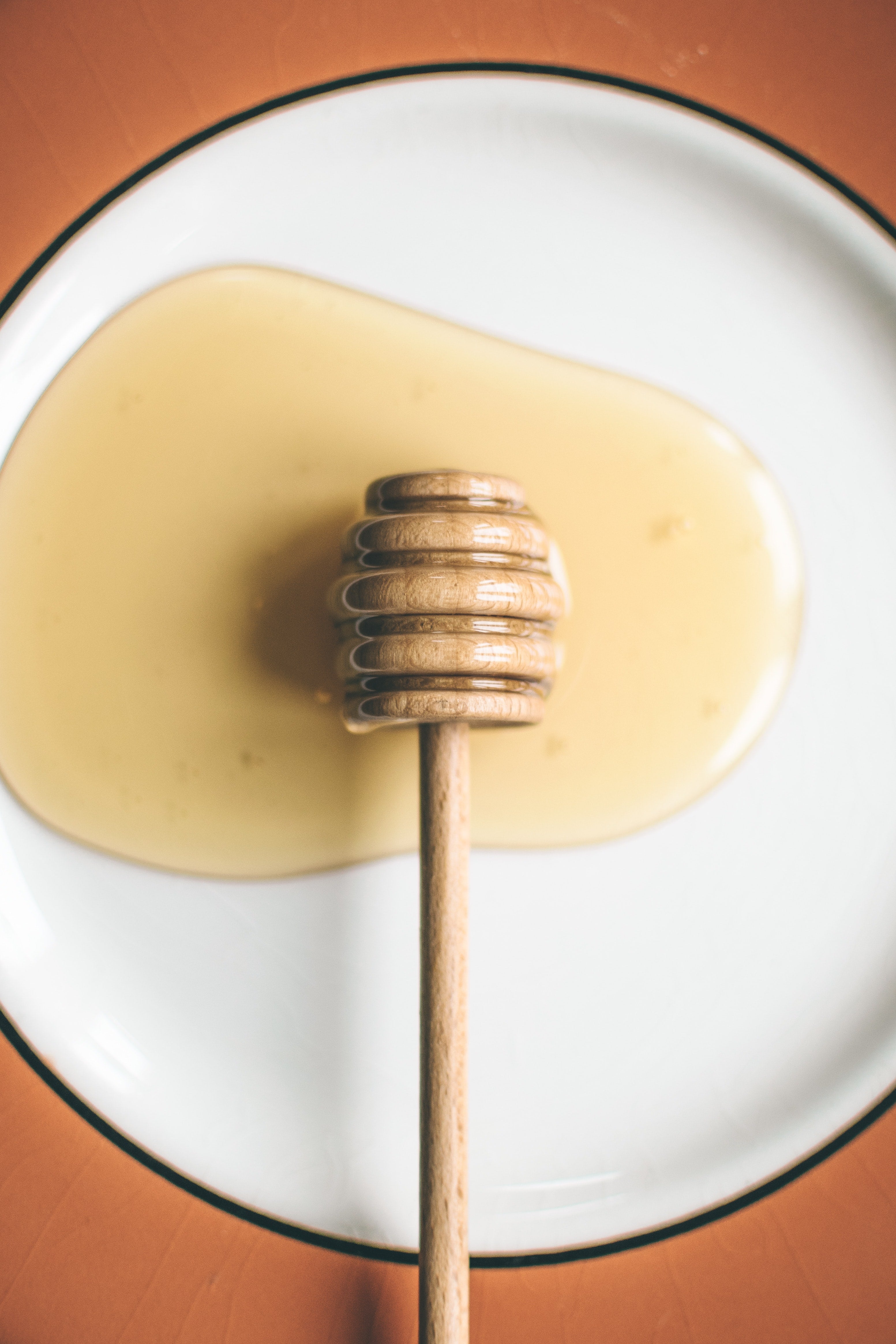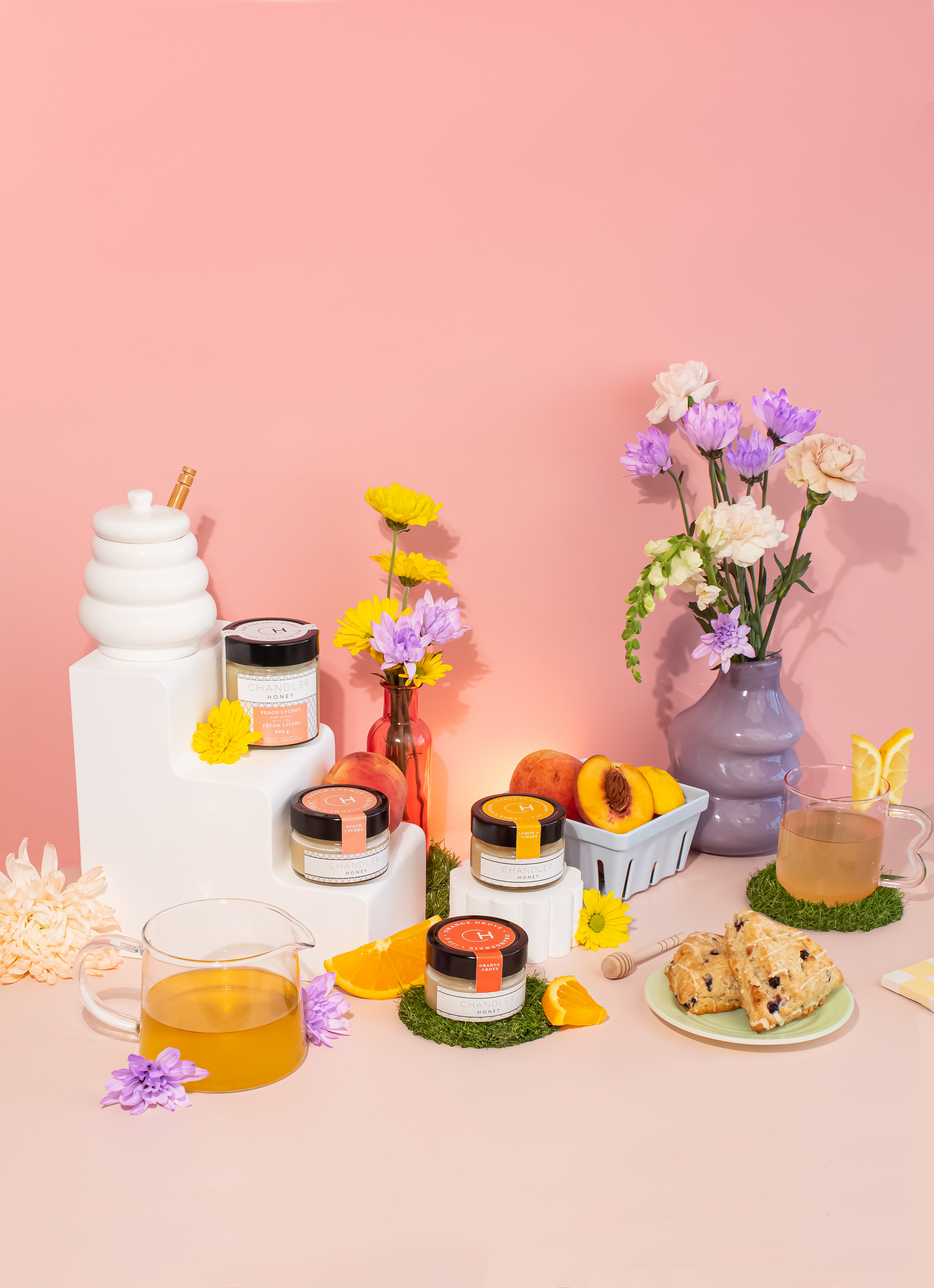What is creamed honey? What is raw honey? Why are these good?
What is pasteurization? Why is that bad?
These are questions I have gotten so many times in my life, and I’m always happy to explain. The only reason that there is so much fake honey in the world is that consumers don’t know the difference, so they can’t demand high quality products that they deserve.
Even in Canada, which has a great reputation for producing 100% pure, unadulterated honey, imports honey every year from questionable sources. These are found, time and time again, to be fake.
Let's break it down into bad and good types of honey.
Bad
Pasteurized - 100% real honey that is heat treated (above 60*C for over 30 minutes) to destroy the microorganisms in the honey. This kills all of the beneficial enzymes and nutrients, leaving behind a glorified sugar.
Tip: If the honey is ultra runny, no matter the temperature, it is almost certainly pasteurized. Also, be wary if your honey is too smooth in texture (especially after a few months on your shelf) - that never occurs naturally.
Ultrafiltered - 100% real honey is pumped through ultrafine mesh that strips honey of its natural pollen, nutrients, enzymes, and vitamins. This leaves the the ultrafiltered honey as a glorified sugar.
Tip: If the honey is totally clear (without any cloudiness or granulation), it is likely ultrafiltered or pasteurized.
Adulterated - not real honey at all! Adulterated honey is cut with sugar water, either directly or because of a sugar water diet fed to bees right before honey extraction. It will likely ferment due to a high water content. This is the worst kind of ‘honey’ that you should certainly not waste your money on.
Tip: If you drizzle honey off of a spoon, it should form a chaotic pattern as it falls. If it curls perfectly, it is likely cut with sugar water.
Tip: Take a spoonful of honey and place it in hot water. If it dissolves right away without and globbing, it is likely fake honey, or cut with sugar water.
Good
Raw - 100% real honey that has not been heat treated or altered in any way. Raw is as close you can get to straight out of the hive. While we may take a strainer to it to ensure you aren’t getting any spare bee body parts or clumps, nothing is removed that you wouldn’t want to eat.
Tip: Raw honey may have granulation and bits of wax and pollen. Do not worry - this is the magic of honey!
Creamed - Creamed honey is raw honey that has been stirred in a controlled way to form a fine granulation. This prevents the honey from granulating over time in a clumpy way. Creamed honey is not temperature treated and nothing is removed - it is simply stirred to create a desirable texture. This is my personal favourite way to enjoy honey.
Tip: Does the honey have a ‘melt in your mouth’ texture? It is likely creamed.
Low Moisture - Honey needs to be under 18% moisture to be ‘dry’ enough so that bacteria cannot grow in it. This is why edible honey has been found in Egyptian tombs more than 2000 years old. Bees will always cap their honey once it is dry enough, but extracting too early in the season can cause the moisture of the honey to be too high (also called ‘green honey’).
Tip: If you hear a ‘pop’ when opening your jar of honey, it could be fermented (causing the mini-vacuum). Real honey with a moisture content of less than 18% will and never ferment and never ‘pop’ .




1 comment
I recently purchased 3 tubs (1KG) of BeeMaid honey and find it is no longer CREAMED, as the label says..We have always loved the creamed honey..I think the one now is too sweet ??/Is there a way to cream this honey? Label reads Pure Creamed Honey.Please tell me I can restore these tubs to creamed honey
Leave a comment